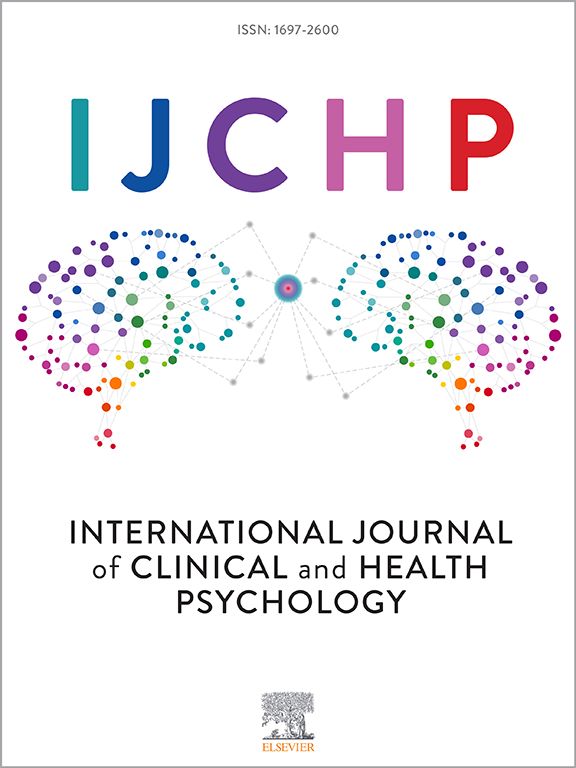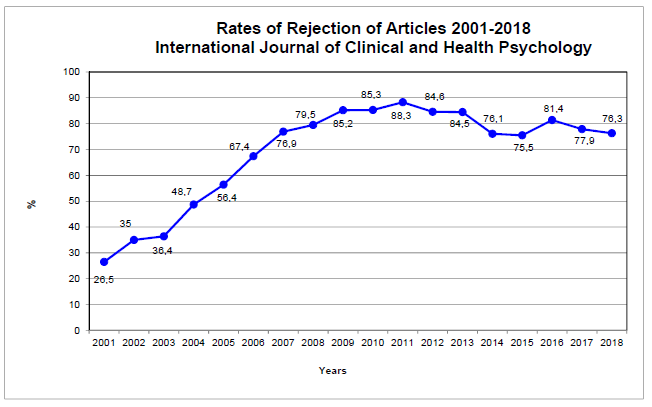Citations in the text should follow the referencing style used by the American Psychological Association. You are referred to the Publication Manual of the American Psychological Association, Seventh Edition (2020) ISBN 978-1-4338-3215-4.
The reference list should be arranged alphabetically and then chronologically. More than one reference from the same author(s) in the same year must be identified by the letters 'a', 'b', 'c', etc., placed after the year of publication.
Examples:
Reference to a journal publication:
Van der Geer, J., Handgraaf T., & Lupton, R. A. (2020). The art of writing a scientific article. Journal of Scientific Communications, 163, 51–59. https://doi.org/10.1016/j.sc.2020.00372.
Reference to a journal publication with an article number:
Van der Geer, J., Handgraaf, T., & Lupton, R. A. (2022). The art of writing a scientific article. Heliyon, 19, Article e00205. https://doi.org/10.1016/j.heliyon.2022.e00205.
Reference to a book:
Strunk, W., Jr., & White, E. B. (2000). The elements of style (4th ed.). Longman (Chapter 4).
Reference to a chapter in a book:
Mettam, G. R., & Adams, L. B. (2020). How to prepare an electronic version of your article. In B. S. Jones, & R. Z. Smith (Eds.), Introduction to the electronic age (pp. 281–304). E-Publishing Inc.
Reference to a website:
Powertech Systems. (2022). Lithium-ion vs lead-acid cost analysis. Retrieved from http://www.powertechsystems.eu/home/tech-corner/lithium-ion-vs-lead-acid-cost-analysis/. Accessed January 6, 2022.
Reference to a dataset:
Oguro, M., Imahiro, S., Saito, S., & Nakashizuka, T. (2015). Mortality data for Japanese oak wilt disease and surrounding forest compositions [dataset]. Mendeley Data, v1. https://doi.org/10.17632/xwj98nb39r.1.
Reference to a conference paper or poster presentation:
Engle, E.K., Cash, T.F., & Jarry, J.L. (2019, November). The Body Image Behaviours Inventory-3: Development and validation of the Body Image Compulsive Actions and Body Image Avoidance Scales. Poster session presentation at the meeting of the Association for Behavioural and Cognitive Therapies, New York, NY.
Reference to software:
Coon, E., Berndt, M., Jan, A., Svyatsky, D., Atchley, A., Kikinzon, E., Harp, D., Manzini, G., Shelef, E., Lipnikov, K., Garimella, R., Xu, C., Moulton, D., Karra, S., Painter, S., Jafarov, E., & Molins, S. (2020). Advanced Terrestrial Simulator (ATS) (Version 0.88) [Computer software]. Zenodo. https://doi.org/10.5281/zenodo.3727209.




 Download PDF
Download PDF